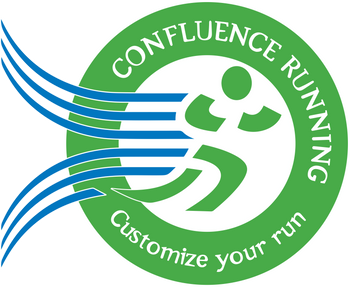Boost Stamina and Strength with These Performance and Endurance Training Methods
Master the Long Run: Traffic Safety and Metabolic Boost
A Safe and Effective Long Run
Embarking on a long run is one of the most beneficial workouts you can do for overall cardiovascular fitness and fat-burning efficiency. When running for 40 minutes or more at a comfortable pace, your body shifts into a zone where it begins to release important hormones, improve capillary density, and enhance its ability to burn fat. This gentle, sustained effort not only strengthens the heart and lungs but also builds mental endurance.
Navigating Neighborhoods and Traffic
However, safety should be paramount, especially if your route includes roads without sidewalks, roundabouts, or school zones. Always run facing oncoming traffic unless a much safer shoulder exists on the opposite side. Wear reflective gear, use well-lit areas for crossing, and maintain single file in narrow spaces. Adhering to traffic protocols helps ensure each long run remains a rewarding and injury-free experience.
From 2 Miles to Marathon: Fartlek Hill Work for Every Runner
Fartlek Training Essentials: Unlock Speed and Endurance on the Hills
A Playful Approach to Building Speed and Endurance
Fartlek training, derived from the Swedish term for “speed play,” involves an unstructured blend of fast surges and slower recovery intervals. In our 20–40 minute class workout, you’ll use telephone poles as markers for random speed changes while running up a steep 700-foot hill. This mix of spontaneous bursts and steady recovery jogs not only enhances cardiovascular fitness and muscular strength but also trains your mind to stay focused during fluctuating paces.
Why the Hills and Telephone Poles?
Murray Hill presents a unique challenge with its 2.5-mile incline. The constant uphill pushes your lower body to work harder than flat-land running, building leg power and resilience. Meanwhile, the use of telephone poles—varying in distance and location—adds an element of unpredictability to each surge, teaching your body to adapt to real-world race conditions where pacing often changes at a moment’s notice.




